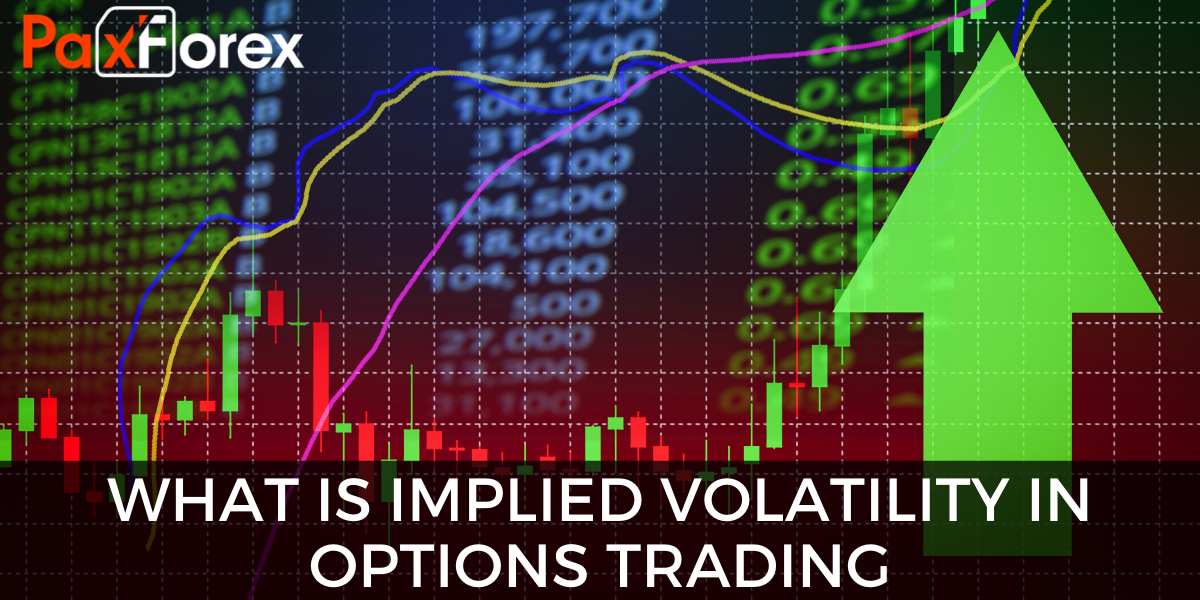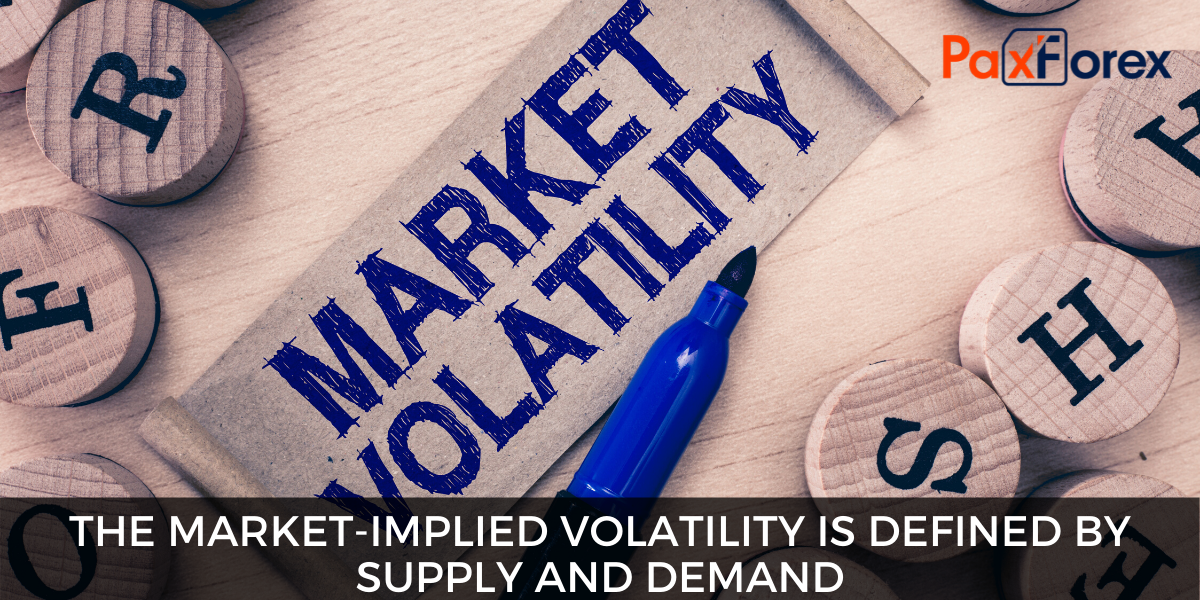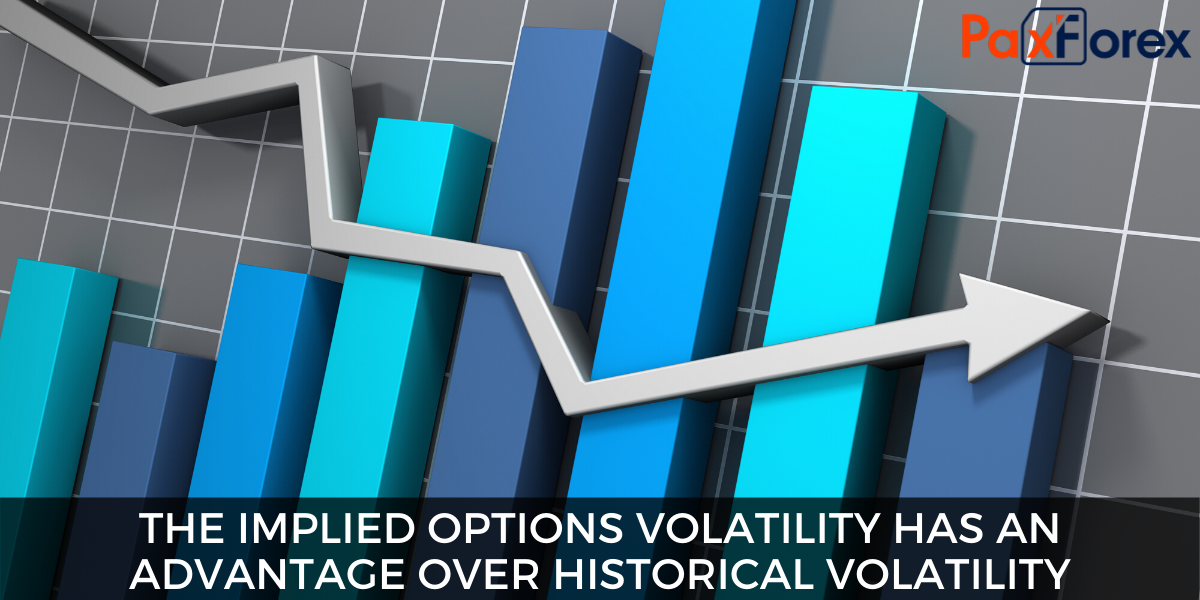
When historical data is used to measure the volatility of a security, it is important to remember that past data is not always the best parameter to predict future price behavior. For example, a security of a corporation with relatively favorable historical volatility characteristics may become extremely active on the eve of the release of a product by that corporation, and, all other things being equal, no historical time series data can serve as a basis for assuming the possibility of such a surge of volatility in the future. Thus, although historical time series remain the main backbone of our statistical toolkit, we now have to admit that their ability to model future price dispersion is as effective as the model of past volatility in applying it to predict future dynamics. However, there are relatively simple methods that help to overcome these limitations. These methods make it possible to understand what future volatility models can be and go beyond what is directly derived from historical volatility analysis.
One such method is based on the notion of implied volatility inherent in the value of each option. Implied volatility, by definition, is the level of the expected volatility of the underlying asset (UA) price during the lifetime of an option, implied by the option price. For example, if the option price = 3, and all other variables, such as the UA price, time to maturity, etc., are known, then it can only be attributed to one level of implied volatility. And this level of implied volatility is in many cases more useful than the particular option price. If option price = 3, it may be due to several constituents: where the UA price is relative to the strike of the option, how much time is left before the expiry, etc. It is quite difficult to form your opinion knowing only the option price. But if we know that price 3 is related to the implied volatility level of 25%, then it is more convenient to interpret this information and, accordingly, to formulate your opinion on this option price. 25% means that the option price includes an assumption of UA price movement (in annual terms) by one standard deviation of 25%. And of course, it is easier to form an opinion on 25% (whether we consider this figure high or low) than on the option price, which depends on several variables.
There is implied volatility in any option market. This is the basis for options trading. That is if we want to make any option trade, and we place our orders and see the market price move away from our positions, we must analyze what happens to the level of market implied volatility relative to our theoretical implied volatility. If we see that options are traded above our theoretical implied volatility, it means that the market evaluates the level of implied volatility above our theoretical implied volatility. And if options are traded below our theoretical value, it means that the market-implied volatility is below our theoretical implied volatility.

The market-implied volatility is defined by supply and demand. If the demand for options increases, we can expect their price to increase too, and this is expressed through the implied volatility, which will also boost. If the volatility of the UA price is supposed to decrease, the demand for options will drop and their supply may increase; the price of options will drop, and again, the change in the prices of options will be reflected in the change in the implied volatility.
Often implied volatility of options is a more useful estimation than the price of the option itself. It`s because the option price is directly dependent on the price of the UA. If the option is kept in a delta-neutral portfolio (i.e. the one that is hedged against small movements of the UA), the next most important factor in the price of the option will be implied volatility.
It is so essential that options are often referred to in terms of volatility rather than price, especially between professional traders.
Another way to look at imputed volatility is to think of it as a price, not an estimate of future movements of the UA. This is a more convenient way to talk about option valuations than option prices.
The price is of a different nature from statistical estimates. Future volatility can be estimated by many models, but the number that will be obtained is not the price. The price requires two participants - buyer and seller, it is defined by supply and demand. Statistical assessments are based on past data and the accurate composition of the model used. It would be wrong to mix the price, which indicates a transaction, and the outcome of statistical evaluation, which is obtained from the calculations. The implied volatility is the price - it comes from the transactions themselves. From this perspective, it should not be surprising that implied volatility may not correspond to the forecasts of some statistical models.
There are financial instruments that monitor the implied volatility of other derivatives. For example, the CBOE Volatility Index (VIX) is measured as a weighted average of the implied volatility of several options on the S&P500 index. There are other well-known volatility indices, such as VXN (volatility of futures on Nasdaq 100), QQV (QQQ volatility), IVX - implied volatility index for each stock traded in the U.S. or ETP, as well as options and futures directly based on these volatility indices.

The implied options volatility has an advantage over historical volatility, as it covers not exclusively historical time series data, but also "qualitative" data and estimated economic costs of price dispersion calculations. This measurement is more reliable because option traders do indeed risk financial capital based on estimates of the implied volatility. Obviously, the aforementioned element of reality is a great incentive to create accurate financial models. In such a way, the implied volatility is a more important measure. However, like any other element of the statistical toolkit, it can have its drawbacks.
Firstly, since the implied volatility is concluded entirely from how the option price is formed, it is subject to the same hypersensitivity as the options markets themselves. Options pricing, especially during periods of volatility and declining liquidity, may deviate from the model one would expect based on the basic economic characteristics of the UA. Moreover, since volatility may be considered as a form of option price expression, these anomalies will directly affect the accuracy of this statistical value.
For example, during periods of extremely strong market pressure, the price level and volatility of all types of options often increase so much that it simply does not fit within the reasonable limits that are assumed by the economic parameters. In such cases, using the implied volatility as input for estimating risk exposure can lead to incorrect results. Moreover, in the world of options trading, there is a well-known notion of the volatility smile. This concept describes the trend that is characteristic of "out of the money" options, when trading them involves higher volatility than trading options "in the money". For an option whose implied volatility you rely on, it is, therefore, necessary to understand the relationship between the strike price of the option and the market price of the UA.
Secondly, option pricing is also very susceptible to a wide variety of market liquidity characteristics and this can become an obstacle if we want to use the implied options volatility as an indicator of the risk exposure underlying options. The liquidity factor is particularly strong either in case of small transaction sizes when there is not enough competitive pricing among securities market participants, which adequately reflects the true state of the market, or in case of very large orders when the transaction size cannot be effectively adjusted to the current volume.
In these cases, option pricing models may differ significantly from those that would dominate under ideal liquidity conditions. Whenever and wherever this happens, this situation inevitably results in the consequences of the implied volatility being different to varying degrees from what might be called a state of reasonable market equilibrium.
Therefore, while the implied volatility provides a unique and very useful opportunity to learn about the probable characteristics of the price dispersion of a given financial asset, it, as well as other elements of our statistical toolkit, should be treated with great skepticism. We think it makes sense to use both volatility characteristics, and both values should be calculated for different time frames. Line up these data in a row and see how different they are from each other. If the differences are significant, think about whether you can find any theoretical basis for this. Maybe some important event is coming up, and it has led to such a surge of implied volatility that its level has become much higher than historical indicators? Or maybe there is a period of an expected lull after an interval of particularly strong volatility (which could involve a diametrically opposite effect)? When you find out what caused this mismatch in the volatility estimates, you can use this baseline as a mutual supplement in your exposure assessment (it can also help you deepen any hypothesis you may have about what's going on in the market).







